Electrical pulses boost copper’s efficiency in turning CO2 into ethylene, ethanol fuels.
Scientists found that applying pulsed electric potential treatments to copper single crystal surfaces boosts their ability to convert CO2 into fuels.
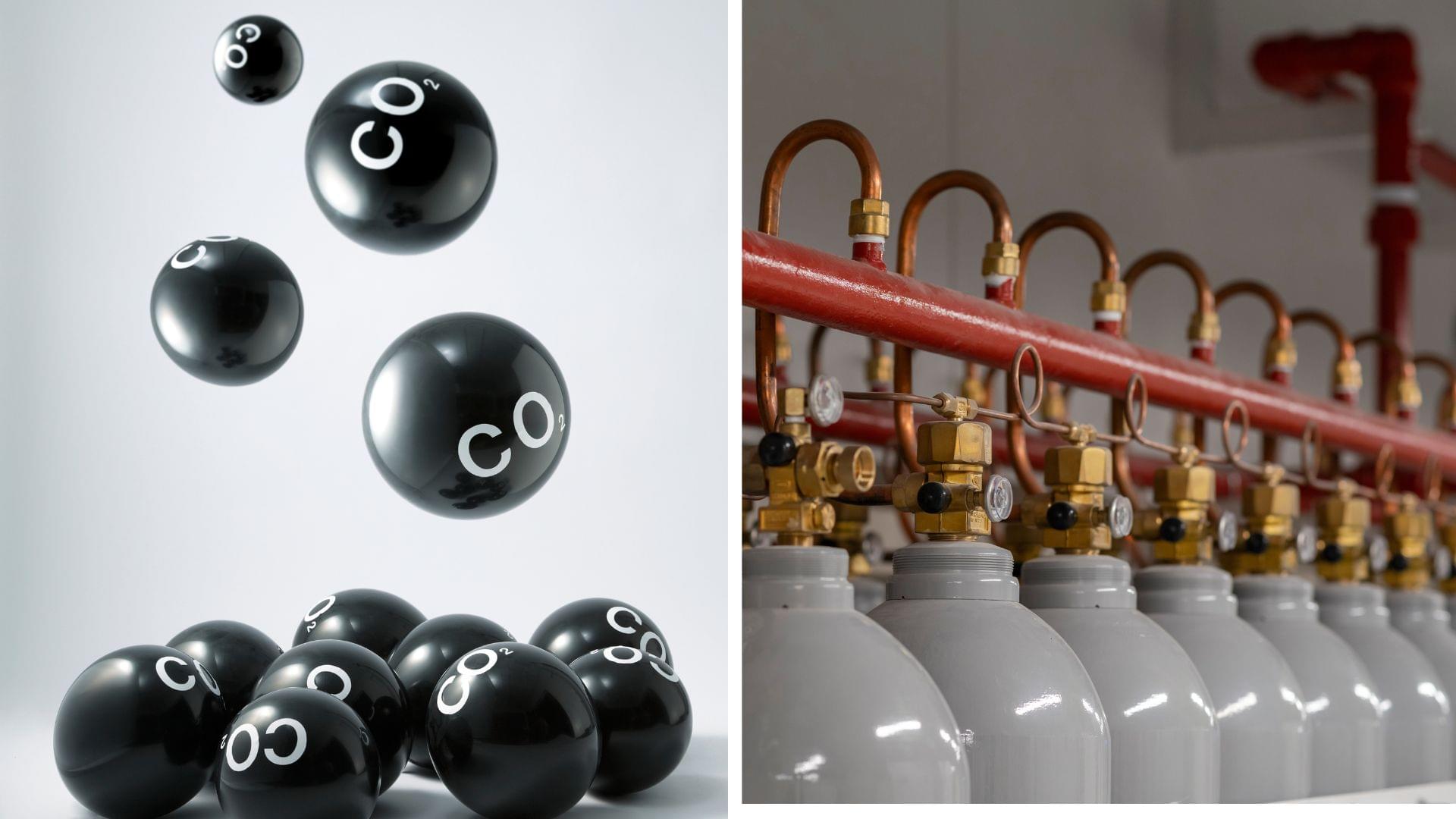
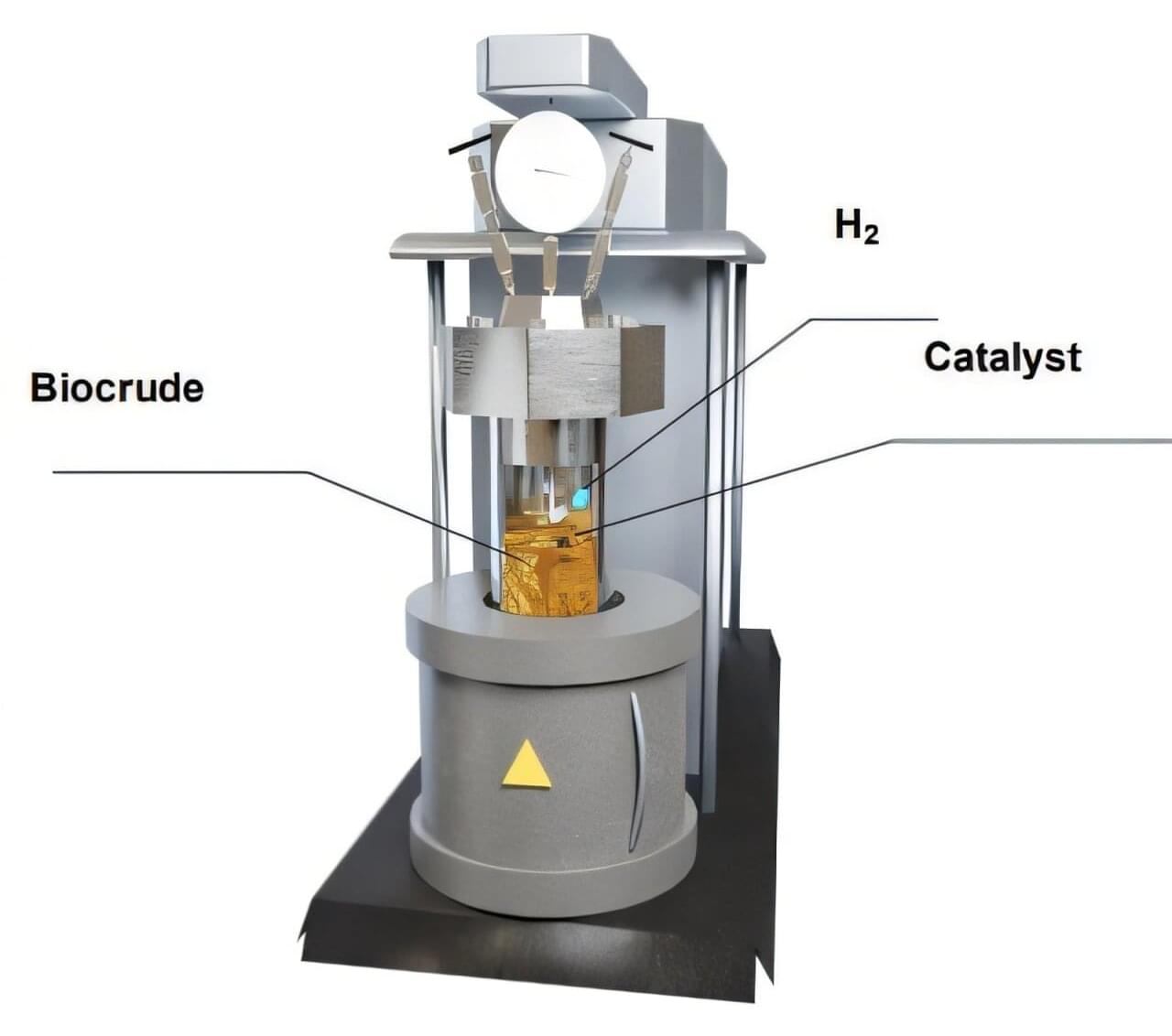
For researchers from The Grainger College of Engineering at the University of Illinois Urbana-Champaign, a new avenue for reducing carbon emissions can be found on the side. A side of salad dressing, that is.
In 2020, the United States federal government committed to achieving net-zero carbon emissions by 2050. An important step toward carbon neutrality is embracing sustainable aviation fuel (SAF), an alternative to conventional jet fuel that is made from renewable feedstocks. As part of this initiative, Grainger engineers have been hard at work creating the critical nanocatalysts for converting biocrude oil from food waste such as salad dressing into sustainable aviation fuel.
Hong Yang, a professor of chemical & biomolecular engineering, and Yuanhui Zhang, a professor of agricultural & biological engineering, joined forces to tackle this problem.
Questions to inspire discussion.
🚕 Q: What real-world application of Tesla’s FSD technology is currently operating? A: Tesla Road, a robo taxi service in Austin, Texas, allows paid customers to ride in Teslas that are literally driving themselves, demonstrating Tesla’s FSD supervised technology in action.
🛻 Q: How are Cybertruck owners responding to their vehicles? A: Cybertruck owners, including celebrities Theo Von and Kat Williams, describe their vehicles as unique experiences that feel like “driving in the future”, forming a small but enthusiastic group.
💰 Q: What financial challenge is Rivian facing in the EV market? A: Rivian faces a $100 million deficit due to the Trump administration’s rollback of fuel economy standards, compounded by high price points and lack of profitability per vehicle, making it difficult to compete with Tesla.
🤝 Q: What recent partnership has Honda formed for autonomous driving development? A: Honda and Helm AI have entered a multi-year joint development agreement to accelerate Honda’s Navigate on Autopilot system for highway and urban autonomy, though it’s not full autonomy and requires constant driver attention.
Media Coverage of Tesla.
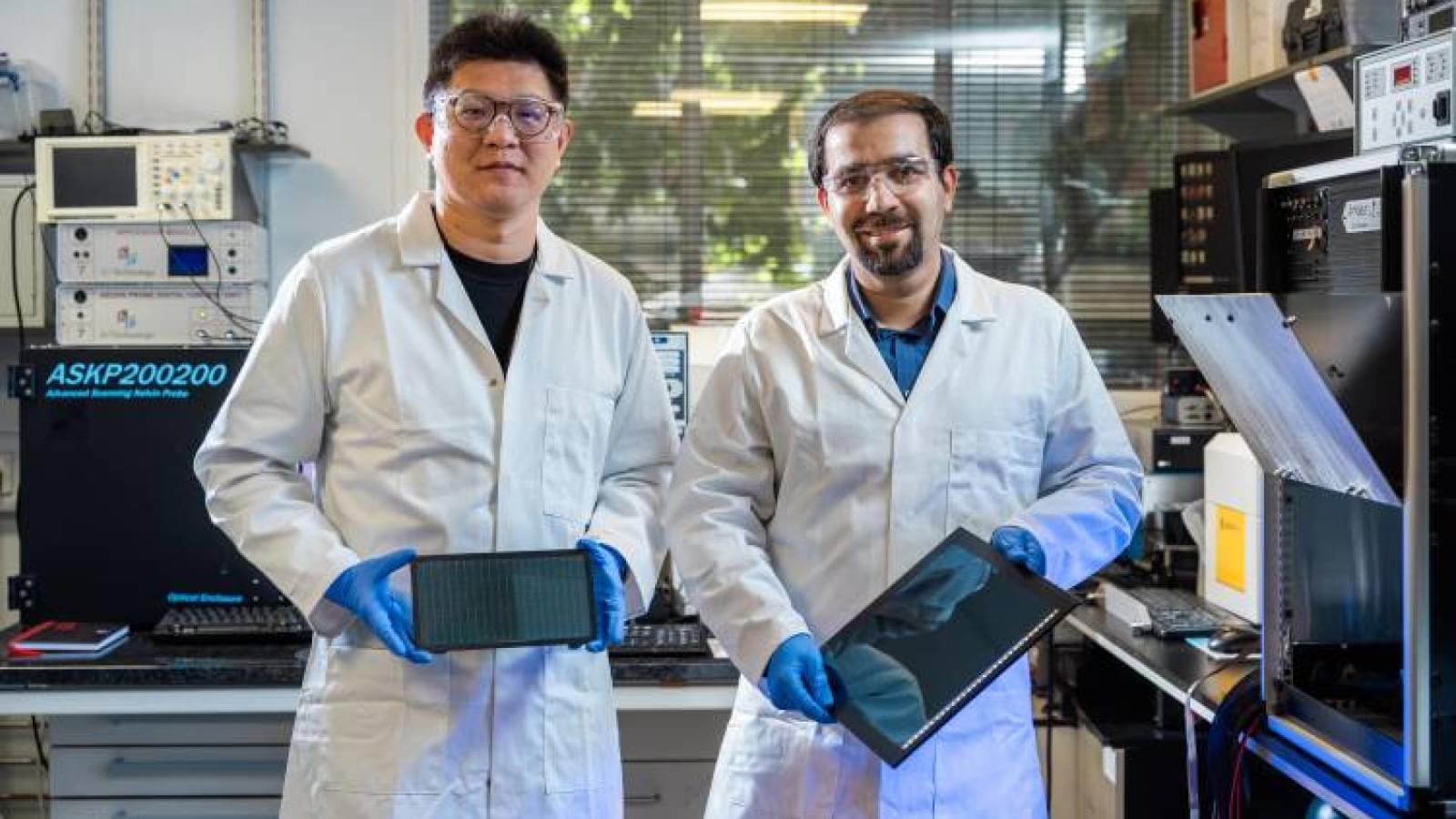
“Currently, solar cells capturing energy from indoor light are expensive and inefficient. Our specially engineered perovskite indoor solar cells can harvest much more energy than commercial cells and is more durable than other prototypes. It paves the way for electronics powered by the ambient light already present in our lives.”
Perovskite is already becoming a popular material for use in solar panels, with marked benefits compared with silicon-based materials.
China firm launches solar panel steering battery that works even in extreme −40°F.
A Chinese company has unveiled a lithium-iron-phosphate battery for solar trackers, that works reliably in extreme cold.
Find out how organisations like tobacco and fossil fuel companies sell doubt about science, in order to undermine public trust.
You can watch Naomi’s recent talk about the origin of the plate tectonics theory here: • Rethinking the origin of plate tectonics -… and if you sign up as one of our Science Supporters, see the full Q&A here: • Q&A: Rethinking the origin of plate tecton…
Buy Naomi’s book ‘Merchants of Doubt: How a Handful of Scientists Obscured the Truth on Issues from Tobacco Smoke to Global Warming’ here: https://geni.us/orTZL9D
00:00 Introduction.
0:41 Why do bad actors work to create mistrust in science?
2:26 How do bad actors create mistrust in science?
3:24 How does the fossil fuel industry create mistrust?
5:04 How can we rebuild trust in science and government?
7:50 Does it matter who funds science?
11:52 What role does government regulation play in science?
14:01 How does the concept of freedom affect the climate debate?
Naomi Oreskes is Professor of the History of Science and Affiliated Professor of Earth and Planetary Sciences at Harvard University. She has worked on studies of geophysics, climate change and the history of science. She sits on the board of US based not-for-profit organisations the National Center for Science Education and Climate Science Legal Defense Fund. She is a distinguished speaker and has published 10 books, including Science on a Mission and The Big Myth.
The Ri is on Twitter: / ri_science.
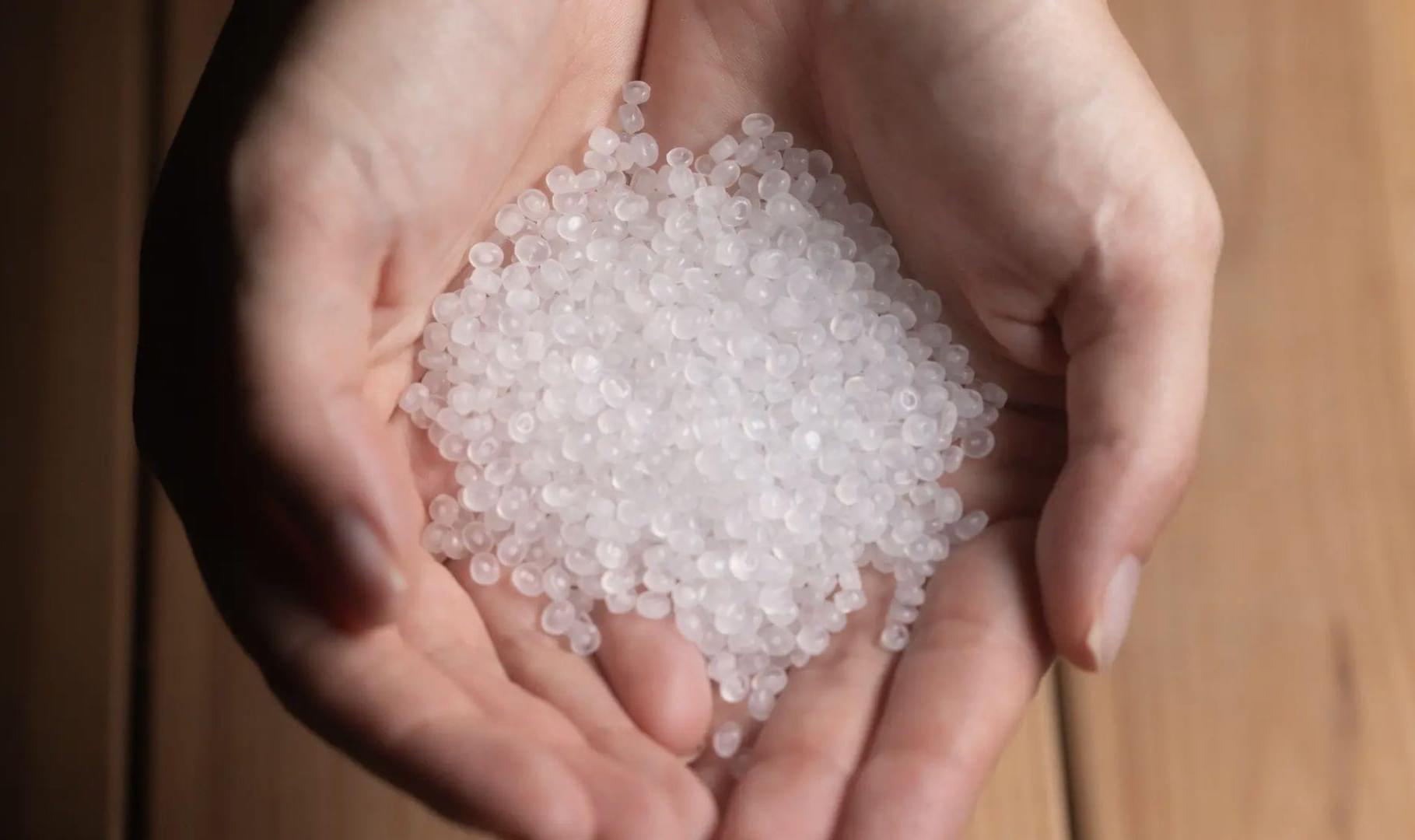
World’s first industrial-scale fossil-free plastics production complex to be built in Belgium.
The world’s first industrial-scale fossil-free plastics production facility is set to be established in Belgium. The facility will use Lummus’ proven sustainable polymer technology. Vioneo has Lummus as its facility’s polypropylene partner.
The complex will also be highly electrified using renewable electricity and use renewable hydrogen as key components to its operations.
The company claimed that plastics produced will be fully traceable and CO2 negative, allowing customers to reduce their Scope 3 emissions.
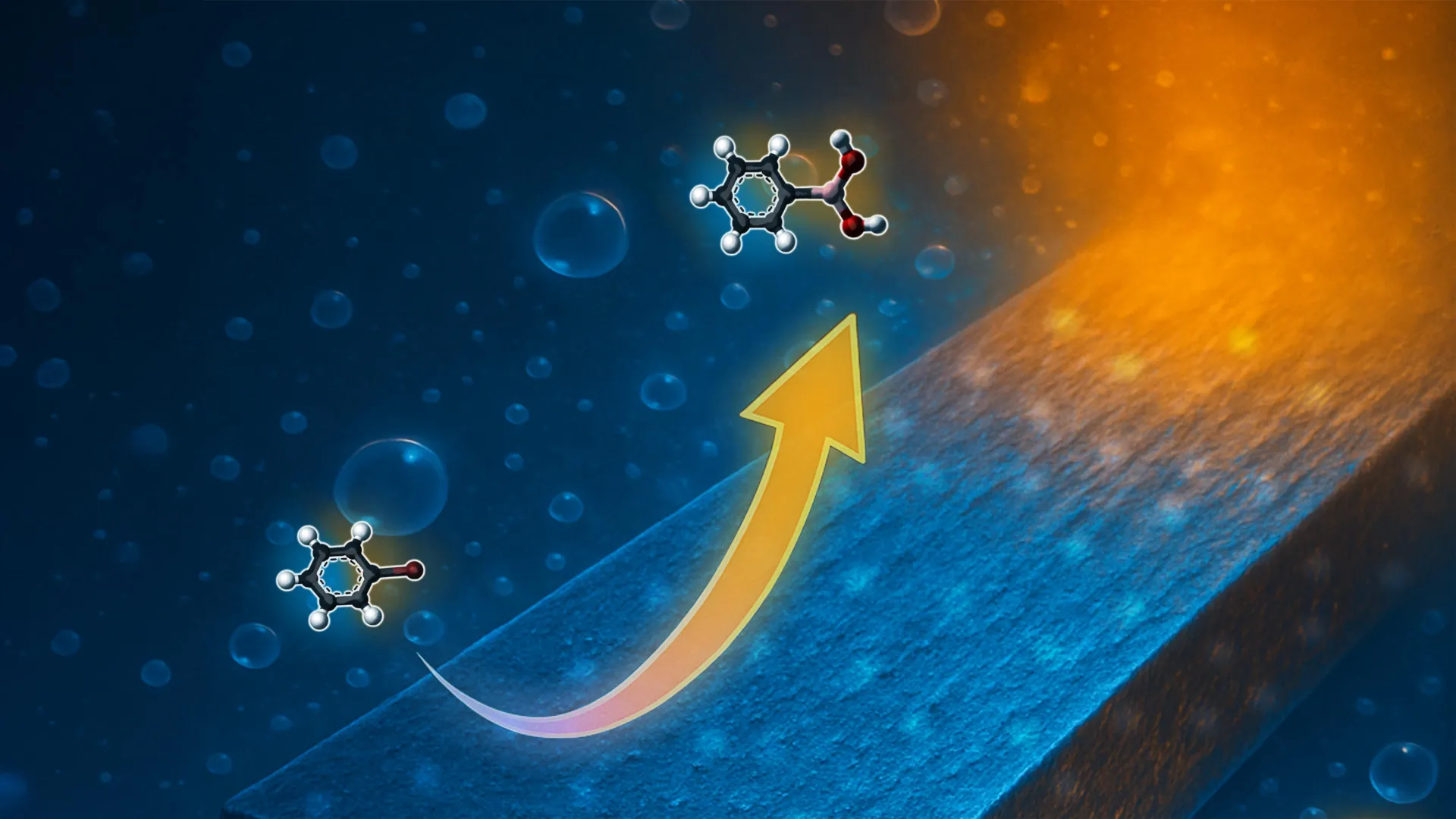

With the right technology, solar energy has the potential to meet all of the world’s electricity needs, but we are still a long way off from that point. Still, governments around the world are setting high objectives for renewable energy. Many world leaders have set commitments to phase out coal power and transition away from fossil fuels, and solar panel installations are currently one of the top contenders for implementing these plans.
However, solar energy has a bit of a dark secret. In some places, putting up these massive solar panel installations requires cutting down hundreds or even thousands of hectares of forests over time. In South Korea, deforestation caused by solar installations affected 529 hectares of forest in 2016, 1,435 hectares in 2017, and 2,443 hectares in 2018.
Of course, there are some solar installations located in deserts or other treeless landscapes that don’t have this issue. But those that do end up cutting out an incredibly important carbon sink, first worsening the problem they are attempting to alleviate. This deforestation then causes further issues with erosion and the destruction of natural habitats.
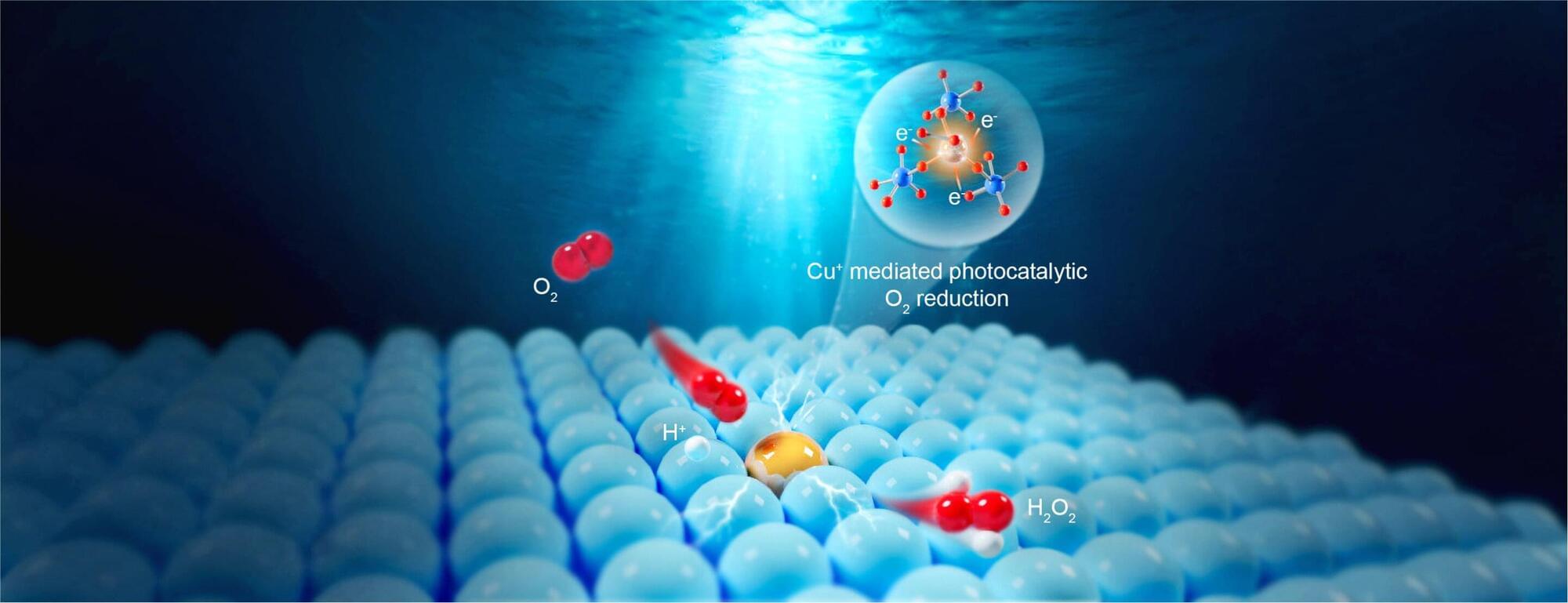
Hydrogen peroxide (H2O2) packs so much chemical energy into a small space that it is powerful enough to fuel rockets. But this same ability to concentrate energy also makes hydrogen peroxide useful for more earthly energy applications, such as powering fuel cells. It also holds promise as a green and sustainable energy source: when hydrogen peroxide releases its stored energy, the main byproduct is simply water.